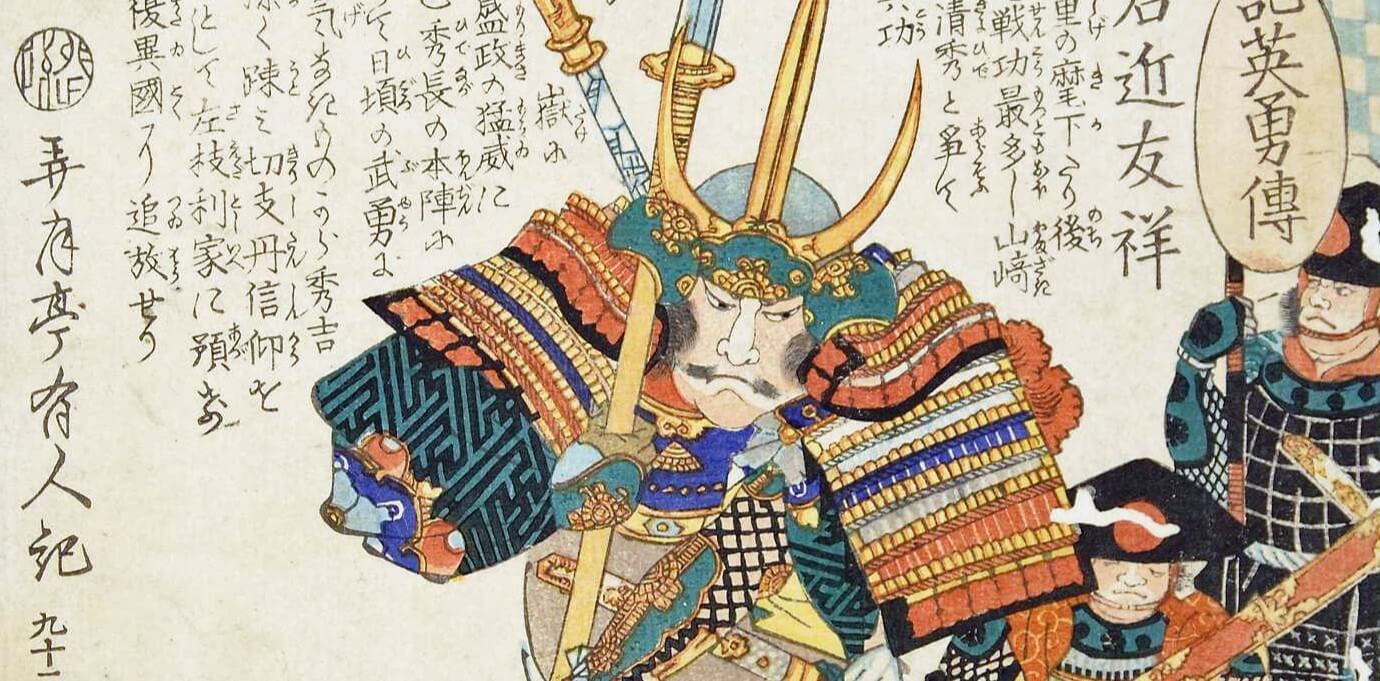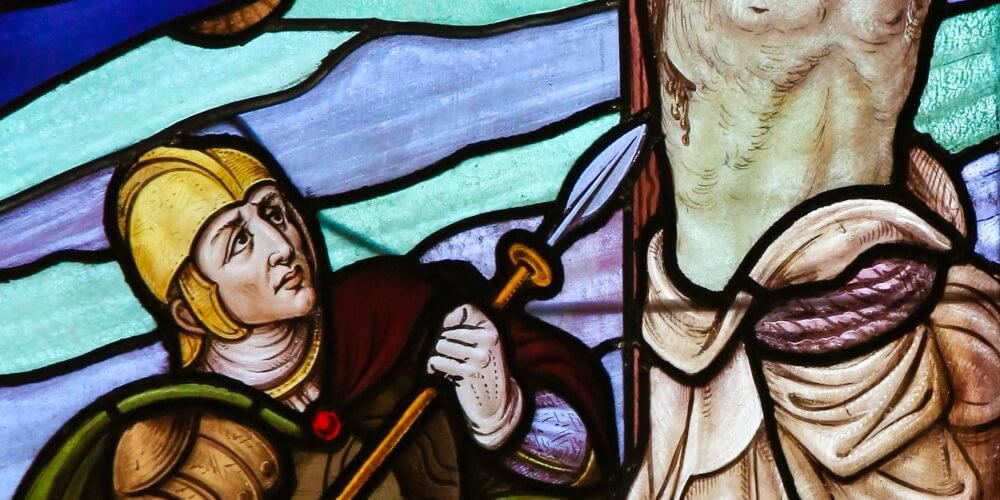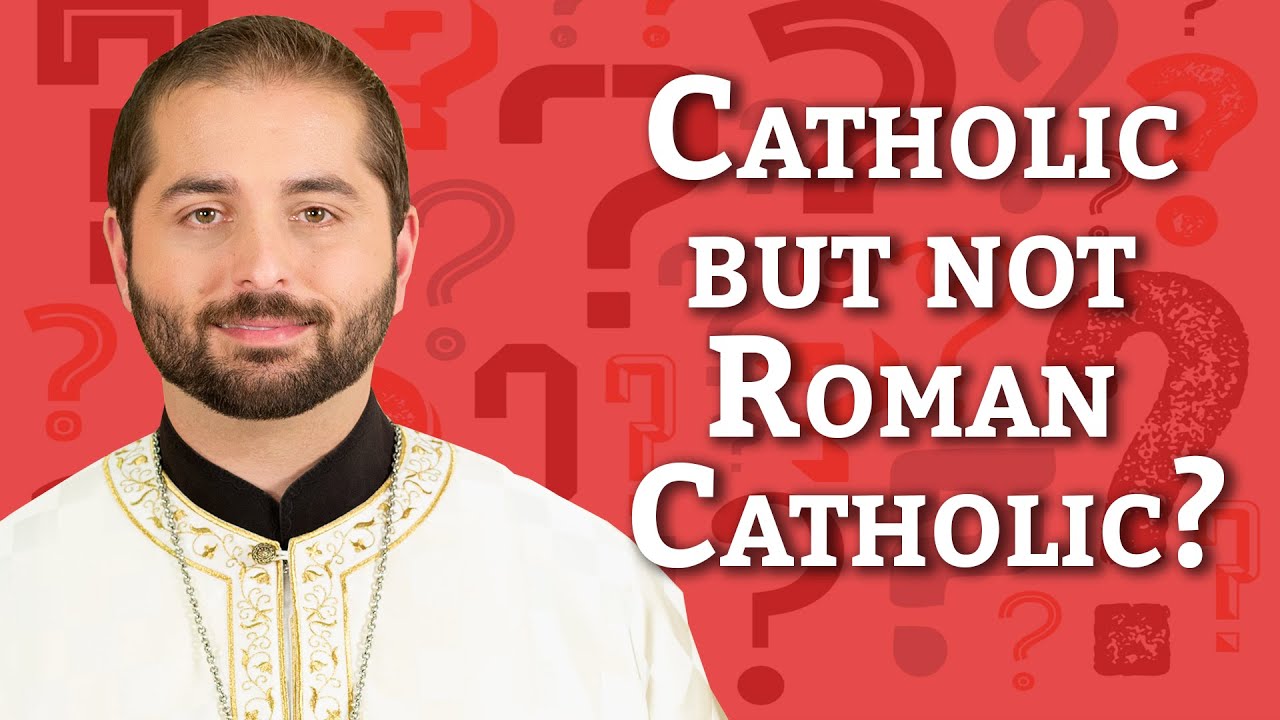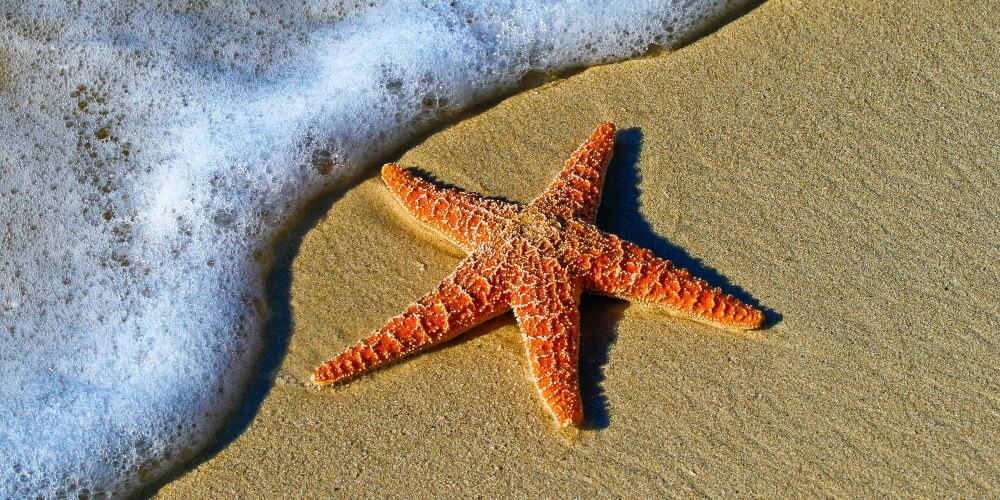
They say Japan was made by a sword. They say the old gods dipped a cold blade into the ocean, and when they pulled it out four perfect drops fell back into the sea, and those drops became the islands of Japan. I say, Japan was made by a handful of brave men, warriors willing to give their lives for what seems to have become a forgotten word: Christ.
Of course, the opening narration of The Last Samurai actually ends with the word “honor,” and the men it describes are those of the legendary samurai warrior class of Japan. But replace that word and you have a good summation of the life of the first Japanese Christians, spiritual warriors willing to give their lives for the honor of knowing, loving, and serving Christ. We celebrate the feast of some of these Christians today—St. Paul Miki and his 25 companions, collectively known as the 26 Martyrs of Japan, who were martyred in Nagasaki in the year 1597.
Contemporary with the 26 Martyrs was another martyr who met his heroic end about 20 years later. He was, you might be surprised to learn, an actual samurai. A Christian samurai!
Let us introduce you to Blessed Justo Takayama Ukon, often called Dom Justo. Not only was he a devout Christian—he possibly lived out the ideals of the samurai better than anyone had before him.
The samurai were steadfastly dedicated to their code of honor. A major facet of this code was absolute devotion to one’s lord in the face of any trial or personal suffering—even to the sacrifice of one’s own life. Dom Justo had to make many difficult decisions throughout an illustrious career, and in every instance, he obeyed and honored his Lord above all—even when it eventually did cost him his life.
Takayama Hikogoro was born into a samurai family in 1552, just after the Jesuits had arrived in Japan. His father was the daimyo (lord) of a small castle. The family was well-respected and enjoyed connections with powerful lords and warriors.
Eventually the family became Catholic—converted by the eloquence of a half-blind wandering minstrel—when Hikogoro was eleven. Hikogoro took the name of Justo, after St. Justin Martyr.
Justo’s father retired from public life when Justo was 21, entrusting the responsibilities of daimyo to the young samurai.
Holding various important positions during the ensuing years, Dom Justo was a great success as a warrior and leader—and also a model Christian. Though he had grown lukewarm in his Faith during his adolescence, his zeal was renewed as a young man, after which he strove to enable the spread of Christianity. Thousands were baptized due to his efforts, and he helped build a seminary. He himself advanced steadily to a high degree of prayer and virtue.

The lords under whom Dom Justo served were often friendly to his ambitions and allowed him to practice his Faith and evangelize freely. But some were less so.
Things came to a head under the chancellor Hideyoshi, with whom Justo had an often-cordial relationship but who eventually forced him to choose between his Faith and his service to Hideyoshi. Justo chose his Faith. He lost his title, his territories, and his fortunes—but he kept his honor, for he knew where true honor lay.
Dom Justo then dedicated himself to spiritual and apostolic works. Hideyoshi did no further harm to him but maintained his anti-Christian attitudes; it was under him that the 26 Martyrs of Japan met their cruel end on February 5th, 1597.
After Hideyoshi’s death, Dom Justo enjoyed several years of peace, during which he was able to regain some of what he had lost and practice his Faith without interference. But in 1614, the powerful Lord Ieyasu (who outranked Justo and his local, Christianity-friendly daimyo) expelled the Christian missionaries and their leaders, including Justo.
Dom Justo and his family went into exile in Manila and, 40 days later, on February 3rd, 1615, the great Christian samurai died. Because his death was caused by the suffering he endured in exile, he was declared a martyr in 2016 and beatified the following year.
Blessed Justo Takayama and the 26 Martyrs of Japan, pray for us!
This article was originally published on Good Catholic’s sister site, Get Fed, which delivers fun Catholic facts straight to your inbox daily. Sign up here!








